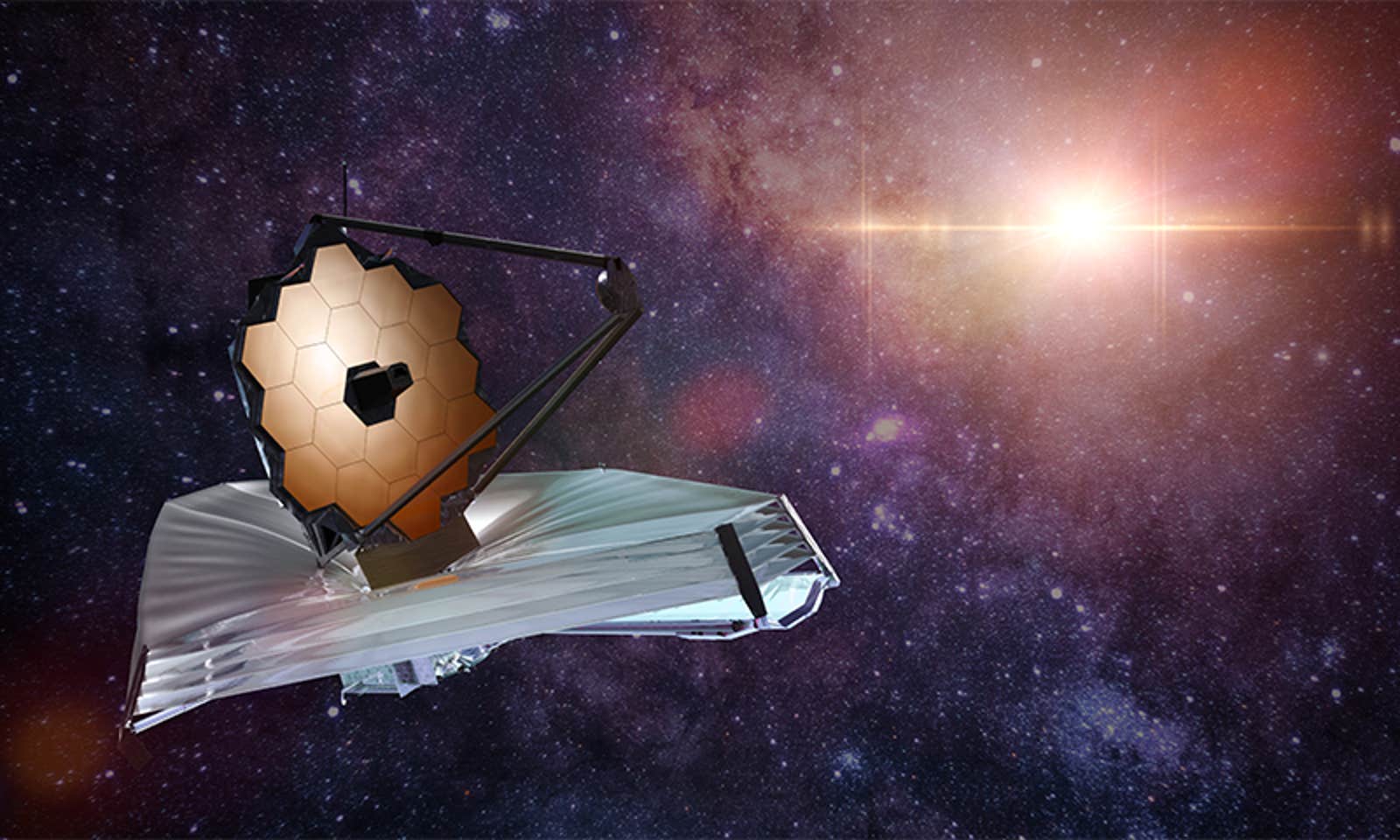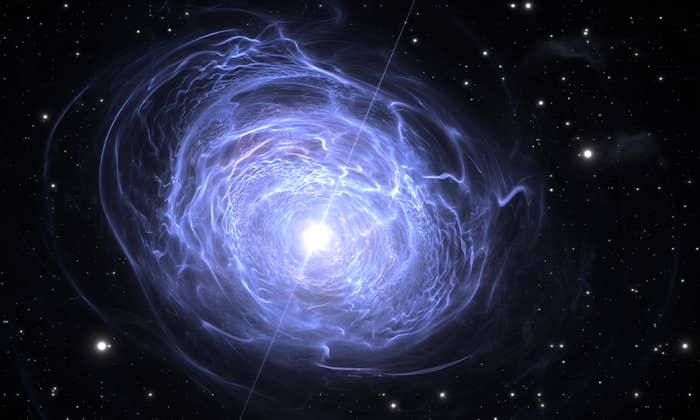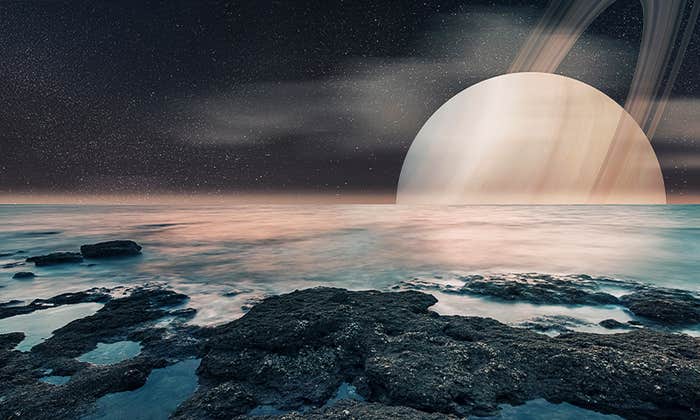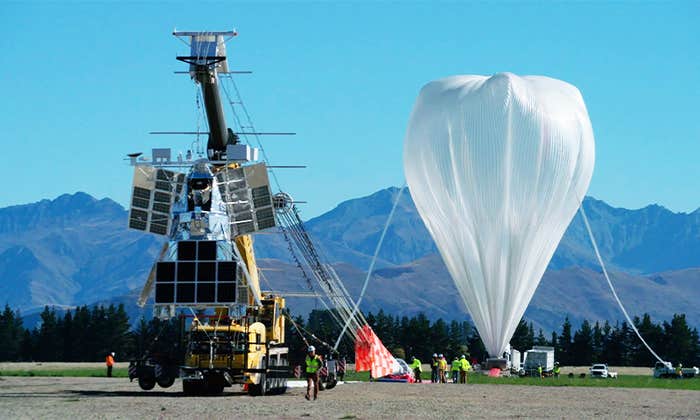On my 10th birthday, I convinced a flock of cousins to travel to the end of the universe with me. I had my reasons. Cosmology was a family affair. My father, Solomon Zeldovich, was working on detecting gravitational waves long before the proper detecting equipment even existed. His uncle, Russian-Jewish scientist Yakov Zeldovich, was one of the leading physicists and cosmologists who contributed to the Big Bang theory. Growing up, I learned to stay away from black holes before I learned to cross the street. Other kids’ bedtime stories featured gnomes and fairies, but mine revolved around collapsing neutron stars, supernovas, and fusion reactions inside our sun. “Once upon a time almost 14 billion years ago there was a big boom that created our universe,” my father had told me. “And ever since this Big Bang, the universe keeps expanding, so fast that even the rockets we sent to the moon can’t catch up with it. But if you got to that constantly expanding end, you’d see the universe as it was when it was first created.” That sounded like going back in time—I just had to get to the end of the universe.
My cousins were game. We boarded an overturned play table placed on my bed, huddled together between its four legs sticking up in the air and jumped up and down in unison to make the journey appropriately bumpy. Using the table’s loose leg as a throttle, we took off, propelled by our screams. Halfway into our journey, my father poked his head in and yelled at us to stop breaking the table. “We can’t stop,” I yelled back. “We’re at the end of the universe 14 billion years ago, but the black hole is sucking us in!” He growled something about having to fix the damn leg later and withdrew.
Perhaps we don’t fully understand the physics behind the formations of stars.
Little did I know that seeing the end of the universe would become possible a few decades later, thanks to the massive telescopes NASA had been launching—first the Hubble and then the more recent James Webb. The telescopes look for the light coming back from distant stars and galaxies, and because the light takes time to arrive to us, the telescopes are essentially staring back in time, explains Erica Nelson, an astrophysicist at the University of Colorado, Boulder. “If you’re looking at something that’s really far away, you’re looking at light that’s been traveling for a long time, so you’re seeing that object as it was in the past,” says Nelson, who studies the images that the Webb and Hubble gather. “So the telescopes act as time machines.” Nelson realized that fact when, as a 10-year-old, she wrote a report about Hubble. She was a more practical child than me—she decided to study cosmology rather than inventing games about it.
Webb, in fact, is a particularly potent “time machine.” It has the ability to see really far back in time, to when the galaxies were young, because it was built to most optimally detect the light of the infrared spectrum. “The light from the stars and galaxies located far away from us reaches us not as the visible light, but as the infrared,” explains Nancy Levenson, director of the Space Telescope Science Institute in Maryland, which operates the telescopes for NASA. “In astronomy we call this phenomenon redshifting.”
The visible light has a shorter wavelength while the infrared has a longer one. As the light travels through our still-expanding universe, its wavelength gets stretched out, shifting from the shorter, visible range to the longer infrared. A chewing gum that kids pull apart with their fingers serves as a good visual metaphor. The gum stretches out and so does the light—kind of.
The Webb—built with 18 mirror segments, gold-plated to maximally reflect and gather the infrared light—might be able to see all the way to the beginning of times, to the edge of the universe I had once tried to reach on my overturned play table. Only months after its launch, the Webb not only gathered striking infrared images, but caused a few snags in the fabric of the Big Bang theory, questioning some of the facts we thought were well established, such as the timelines of when certain things happened.
The snags started in summer of 2022, when Nelson peered into the first images that arrived from the Webb—and saw some striking red spots. The spots never appeared on the Hubble images because they were clusters of infrared light, which Hubble isn’t as good at detecting. “The first thing I noticed was that these bright red objects were present in the James Webb image, but not in the Hubble,” she says. She looped her colleagues in. “We knew immediately that it was a big deal.”
“We’re going to find out that we were wrong about a number of things. That’s exciting!”
After digging deeper, the team deemed the glowing spots to be six huge, previously unknown galaxies from a very early cosmic time, about 500 to 700 million years after the Big Bang occurred. But according to the current Big Bang theory, which includes estimates of how long it takes to form objects of a certain mass, this isn’t enough time to create six massive galaxies with millions of stars. “The reason why it flies in the face of our current understanding of cosmology is because our cosmological theory predicts that it should take much longer for galaxies of this mass to be able to form,” Nelson says. “We think that it should take about 2 billion years, at least, to form these large galaxies with so many stars.” Her team published their groundbreaking discoveries in Nature.
Does this mean that the Webb just threw a wrench into the Big Bang theory? It remains to be seen, scientists say. A new study published in Nature Astronomy explores the idea further. For starters, they must confirm that the six glowing objects are indeed galaxies—something they will keep working on. Unlike certain scientific fields where things can be physically touched and measured, astronomy is driven by theoretical models of how far away or how big objects are, and how they function. A more detailed analysis of more pictures, and more calculations, may reveal that the galaxies are smaller or closer, and thus aren’t as old. But if their observations are correct, the current cosmological models may indeed need some tweaking. Perhaps early on the galaxies could form super-fast because the universe was denser before it expanded. Or perhaps we don’t fully understand the physics behind the formations of stars.
Whichever way it goes, astronomers are enthused. “They are definitely seeing something interesting,” Levenson says of her colleagues. “So my reaction is that of cautious excitement.” But that’s the point, she notes. The reason we sent the huge, gold-plated, $10 billion science machine that took 30 years to build into the cosmic void is to learn what we don’t know yet. “We’re going to find out that we were wrong about a number of things,” Levenson says. “But that’s not bad. That’s exciting!”
I’m excited too. To my father’s dismay, I did not follow him into the vaunted field of physics. But I’ve been watching the developments from the sidelines and writing stories. I can’t wait to learn what Webb will see next in that faraway enigmatic place I once traveled to on an overturned play table with a crew of cousins in tow. ![]()
Lina Zeldovich grew up in a family of Russian scientists, listening to bedtime stories about volcanoes, black holes, and intrepid explorers. She has written for The New York Times, Scientific American, Reader’s Digest, and Audubon Magazine, among other publications, and won four awards for covering the science of poop. Her book, The Other Dark Matter: The Science and Business of Turning Waste into Wealth, was published in 2021 by Chicago University Press. You can find her at LinaZeldovich.com and @LinaZeldovich.
Lead image: Dotted Yeti / Shutterstock




























